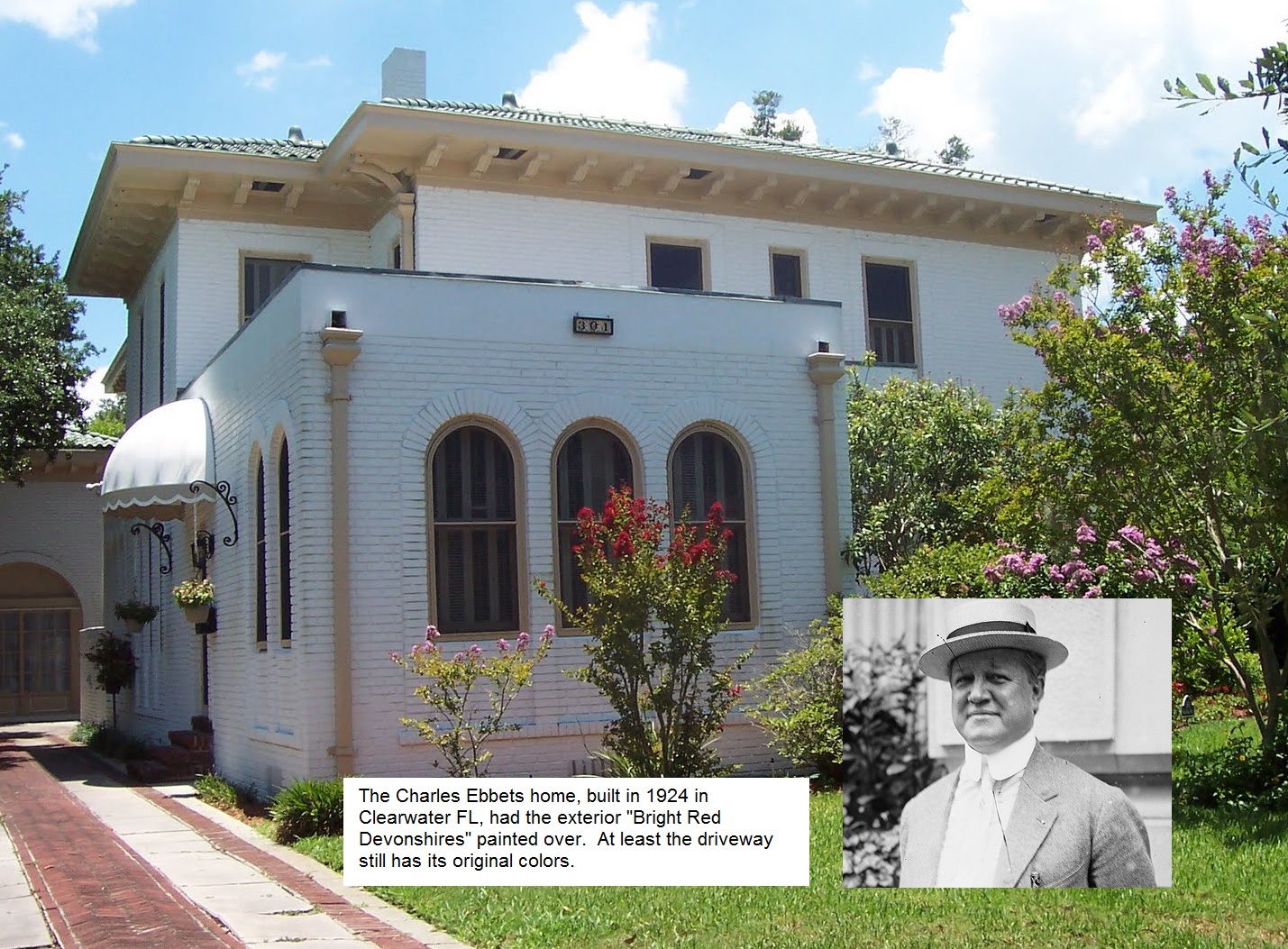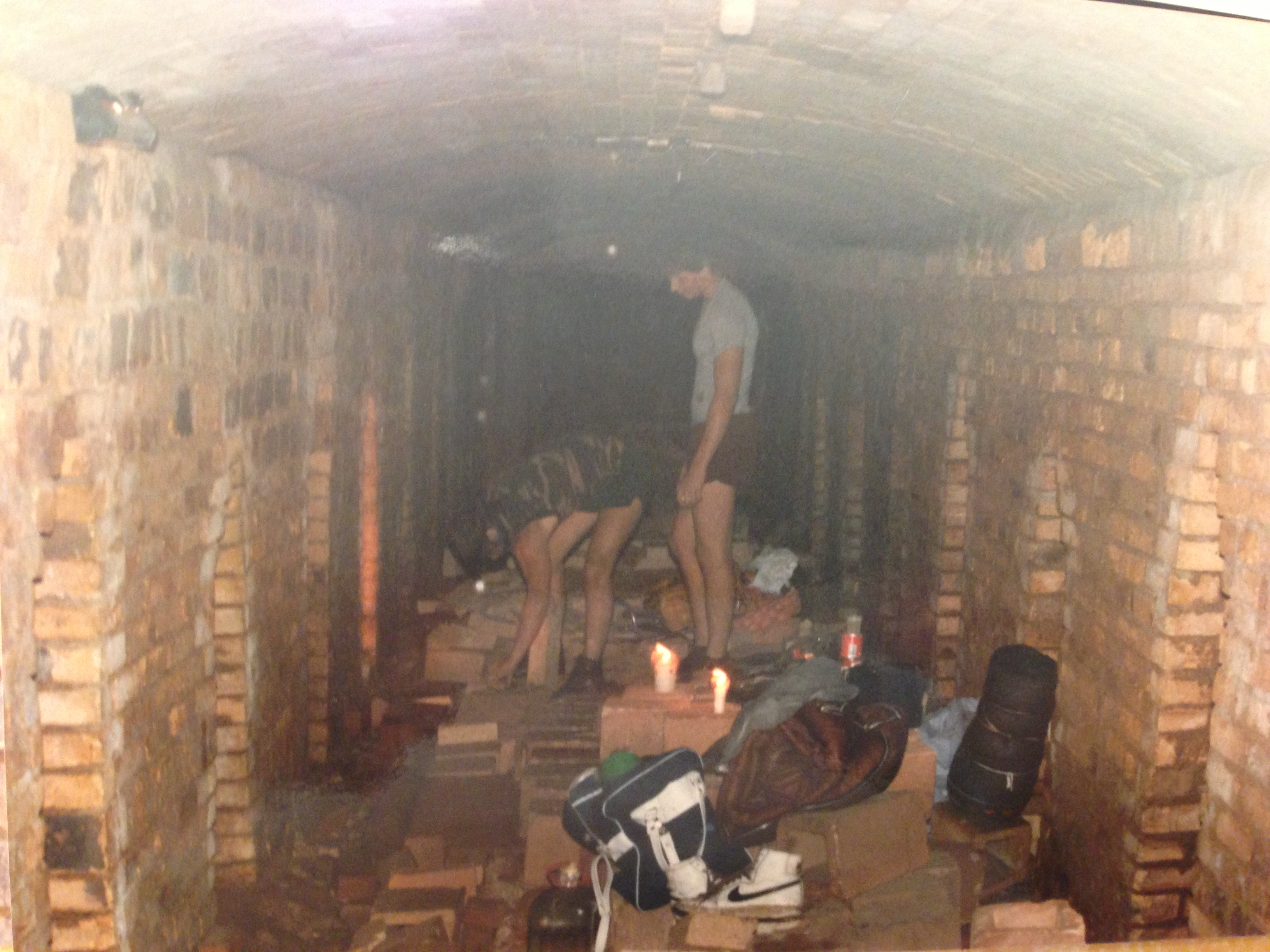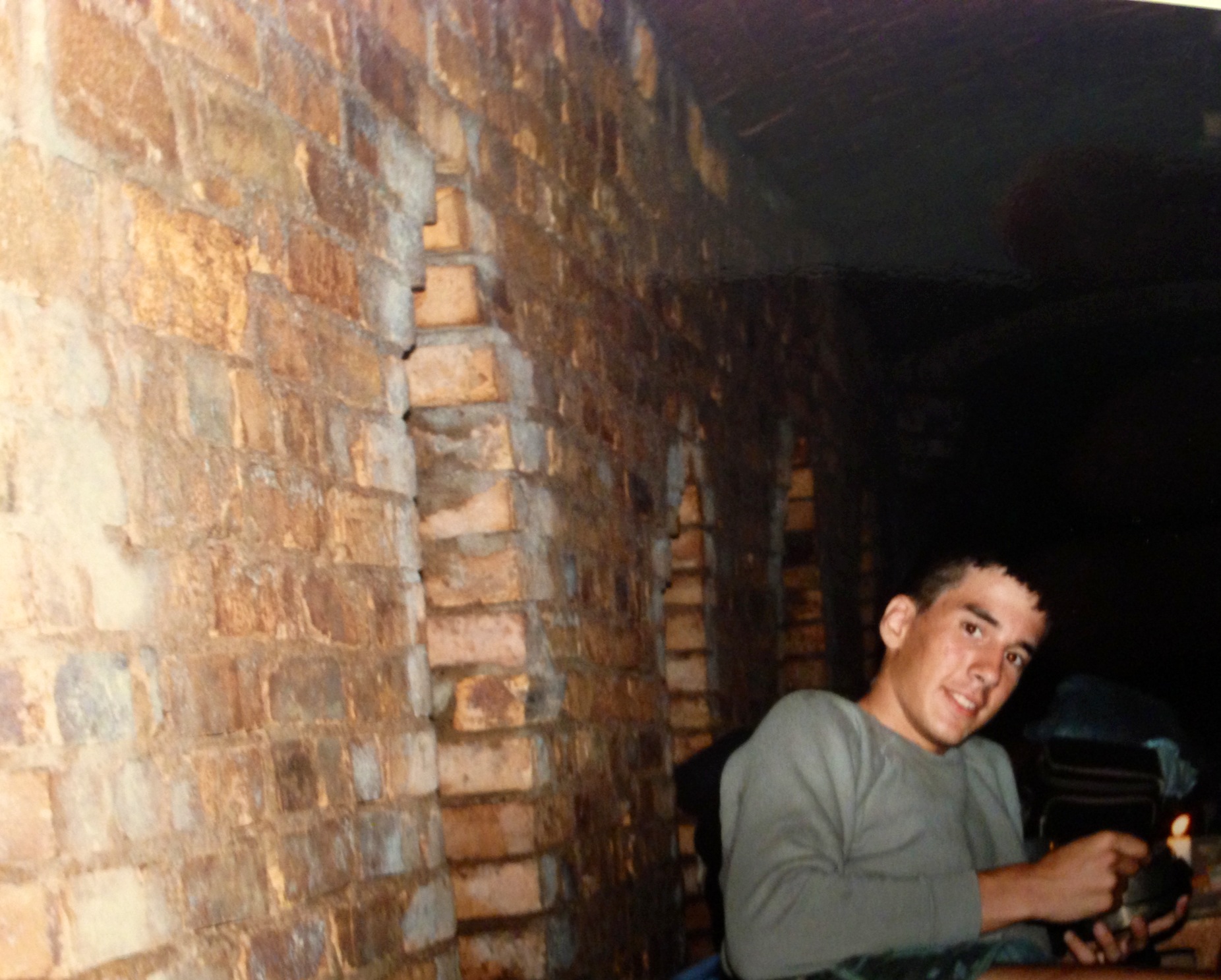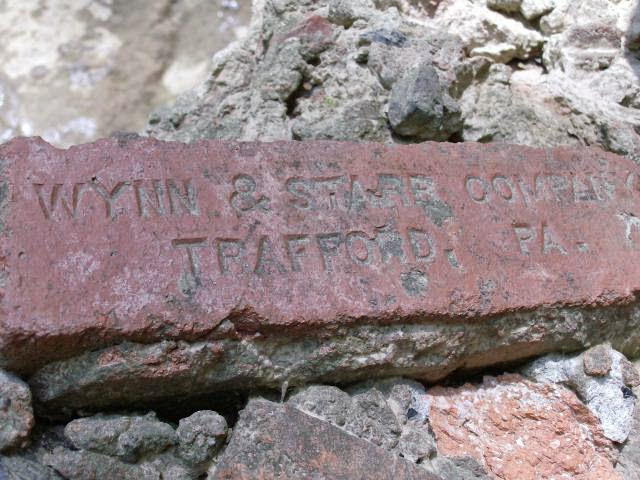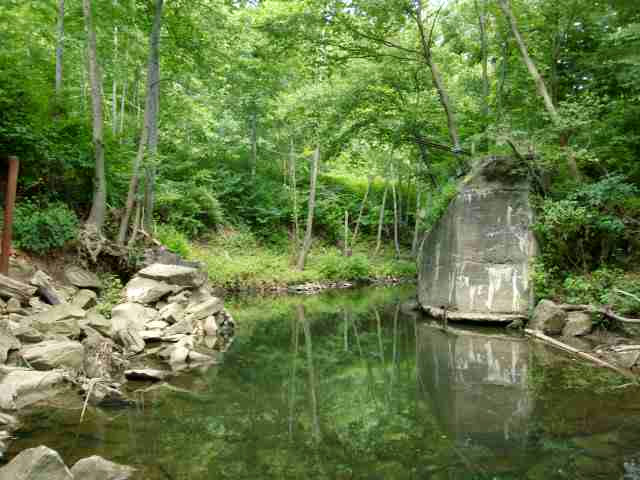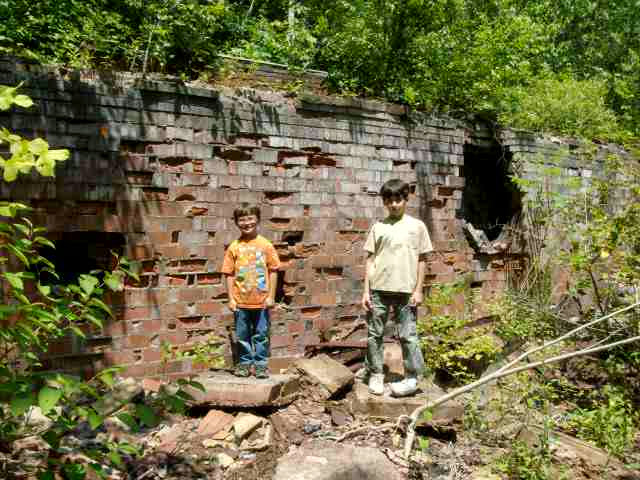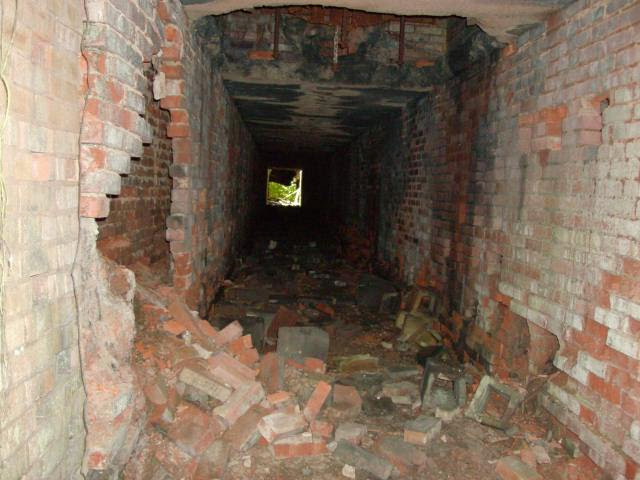The Brick Yard
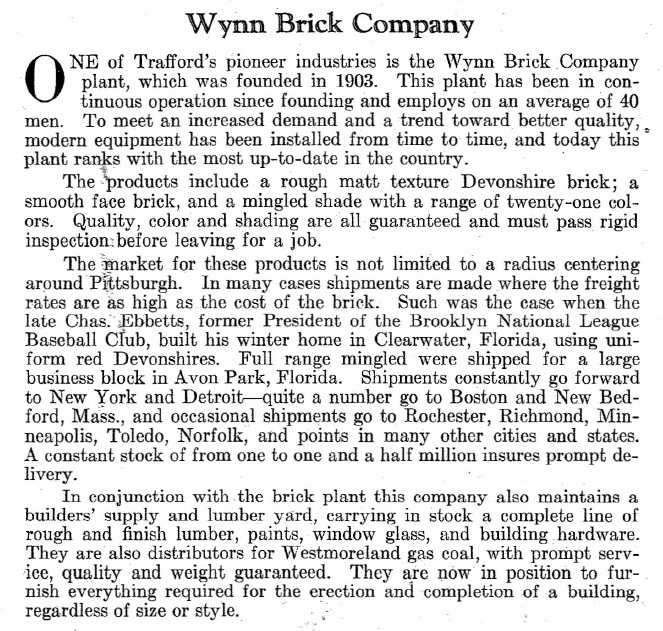
The article above appeared in Trafford's 25th Anniversary publication; 1929.
The Brickyards of Patton Township by Louis Chandler and Paul D. Bullock, Monroeville Historical Society
Brick-making is an ancient art. The earliest bricks were dried brick, meaning they were formed from clay deposits in the earth and dried (usually in the sun), until they were strong enough for use. As brick making advanced, the clay would be ground, screened,and mixed with water to obtain the right consistency so it could be worked by hand. The clay would then be cut into lumps, pressed into sanded moulds, and allowed to dry before the final stage: firing in kilns – specially constructed brick ovens that allowed the new bricks to be gradually heated and then cooled in a carefully controlled process.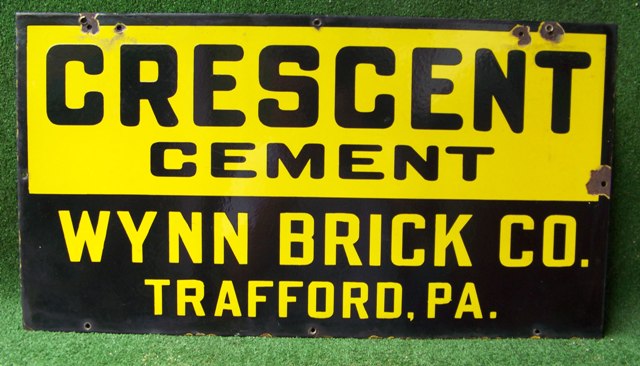
Traditionally, brick making plants were located at or near clay bedrock within easy reach of local transportation (e.g, roads, railroads, waterways). A clay deposit would be chosen for its color and texture, and ease of access – at best, just under the topsoil. In Patton Township two areas showed promise for locating a brickworks – one, in the southeast corner very near Trafford; the other, in the south, in what would become Pitcairn.
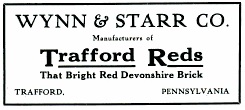 Monroeville’s Brickyard Among the many businesses that called Monroeville home over the years was an active brickyard in operation from 1905 until the 1960s. Although in the southeast corner of Patton Township, the yard was to have Trafford, Pa. address.The yard traces its roots back to 1903 when E. J. Sweeney purchased 30 acres of property containing a stone quarry for the purpose of building a brickyard. One of the first contracts he bid on was for some 3,000,000 bricks to be used for the new Courthouse being built in Greensburg. A few years later Mr. Sweeney was to sell his business; by 1910 the new owners had renamed it the “Wynn & Starr Company.”
Monroeville’s Brickyard Among the many businesses that called Monroeville home over the years was an active brickyard in operation from 1905 until the 1960s. Although in the southeast corner of Patton Township, the yard was to have Trafford, Pa. address.The yard traces its roots back to 1903 when E. J. Sweeney purchased 30 acres of property containing a stone quarry for the purpose of building a brickyard. One of the first contracts he bid on was for some 3,000,000 bricks to be used for the new Courthouse being built in Greensburg. A few years later Mr. Sweeney was to sell his business; by 1910 the new owners had renamed it the “Wynn & Starr Company.” 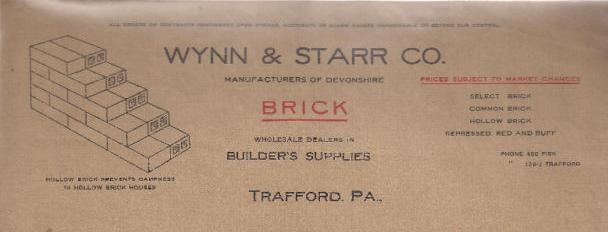
By the 1920s, the Wynn & Starr Brick works was employing 32 employees and was being regularly serviced by the Turtle Creek Branch of the Pennsylvania Railroad.
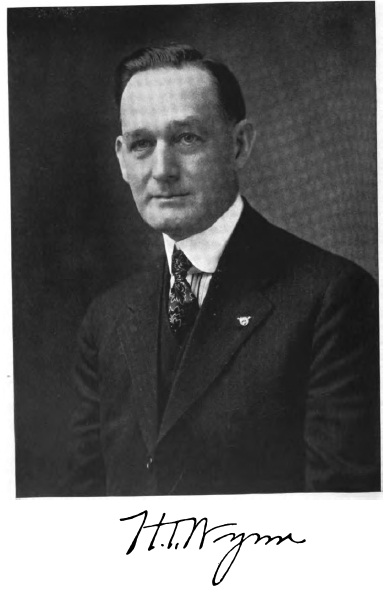 When Henry Wynn died in April 1931, the Wynn Brick Company was put up for sale, and purchased by Mr. Albert Q. Starr who renamed it the Houston-Starr Brickyard – the name under which it would operate until the mid 1940s. For a time during the 1930s and 40s the Houston-Starr Brickyard superintendent was John Bucar, who with his wife and two grandchildren, lived near the plant on Brickyard Road. His grandson Frank Urban remembers those days fondly: “My grandfather was the Superintendent of the Houston-Starr Brick Works,located about a mile upstream from our house. My earliest memories from age fivegrowing up in "Possum Hollow" (as the locals called our little piece of paradise in the woods) were of brick trucks rumbling past our house on the dirt "brickyard" road winding around Turtle Creek, 30 miles west of Pittsburgh. My mother and grandmother ran a boarding house across the "crick" from the brickyard for the immigrant Croatian workers my grandfather had sponsored with the promise of jobs in America!”
When Henry Wynn died in April 1931, the Wynn Brick Company was put up for sale, and purchased by Mr. Albert Q. Starr who renamed it the Houston-Starr Brickyard – the name under which it would operate until the mid 1940s. For a time during the 1930s and 40s the Houston-Starr Brickyard superintendent was John Bucar, who with his wife and two grandchildren, lived near the plant on Brickyard Road. His grandson Frank Urban remembers those days fondly: “My grandfather was the Superintendent of the Houston-Starr Brick Works,located about a mile upstream from our house. My earliest memories from age fivegrowing up in "Possum Hollow" (as the locals called our little piece of paradise in the woods) were of brick trucks rumbling past our house on the dirt "brickyard" road winding around Turtle Creek, 30 miles west of Pittsburgh. My mother and grandmother ran a boarding house across the "crick" from the brickyard for the immigrant Croatian workers my grandfather had sponsored with the promise of jobs in America!”
At least two different companies operated the brickyard after Houston-Starr in the 1950s. Sometime in the late 1950s, or early 1960s, the brickyard was destroyed in a fire and never rebuilt. The picture below shows an active brickyard with loads of brick being picked up by Charles Kunkle Trucking. Charlie lived on the road leading to the brickyard.
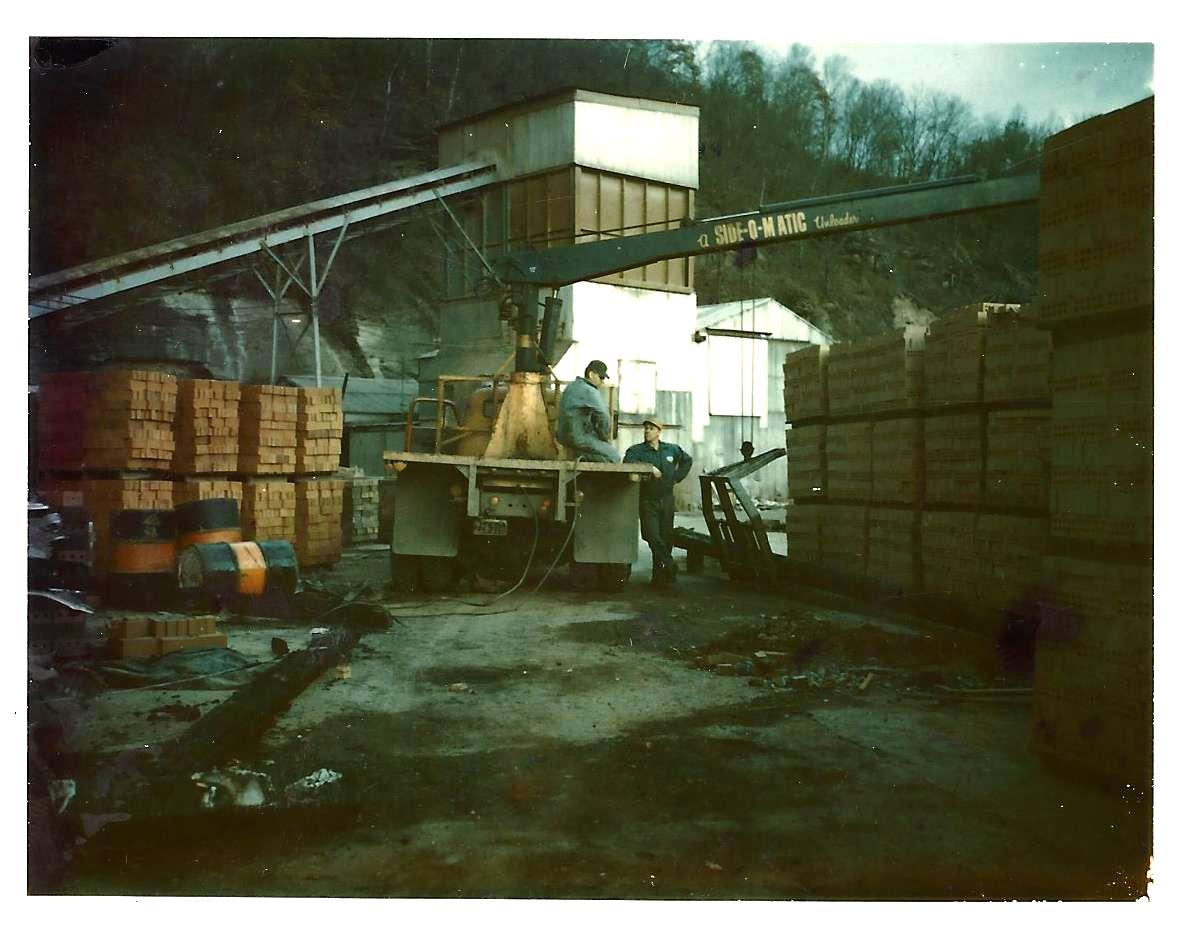
In 2003, Houston-Starr deeded over a portion of the property to the Municipality of Monroeville. The remains of the yard can still be seen today (in 2015) at its site in the southeast corner of Monroeville along the Turtle Creek, not far from Forbes Road.
Houston-Starr
The 1908 publication “The Story of Pittsburgh and Vicinity,” published by the Pittsburgh Gazette Times, listed Samuel McCrea Houston as President of the Houston Brothers Company (Building Supplies) and Andrew Craig Houston was Treasurer. Their main office was located in the Lawrenceville section of Pittsburgh.
According to the Houston-Starr Company website, three brothers founded the building supply company in 1872 and named it Houston Brothers. The Houston Brothers sold basic building products such as lime, plaster, and lath.
Albert Quigley Starr (1881-1974), a relative of the Houston’s, left the family farm and began working for the brothers around 1900, learning the construction supply business, and later bought Houston Brothers and changed the name to Houston-Starr Company.
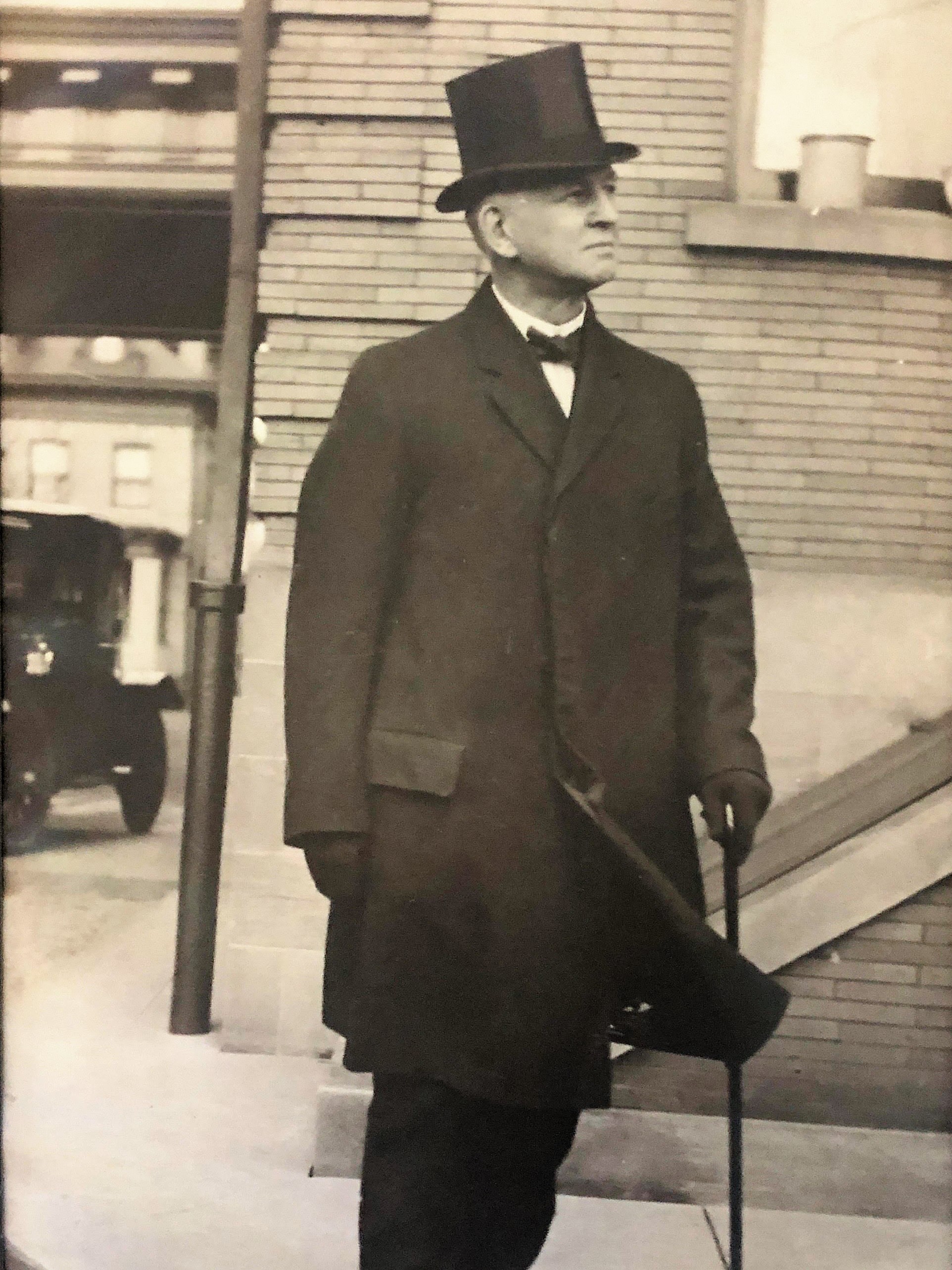 |
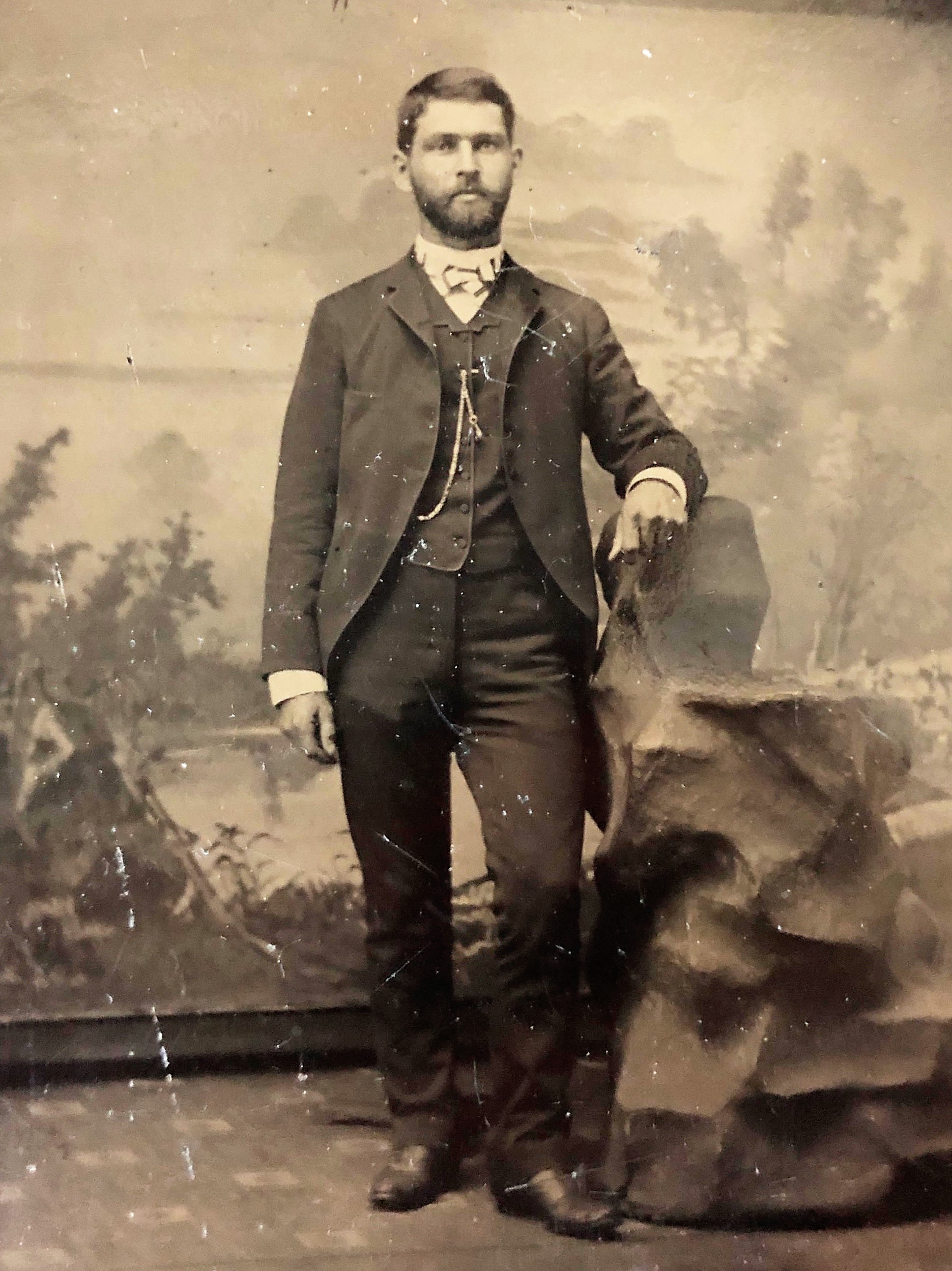 |
| Samuel McCrea Houston (1859-1929) | Andrew Craig Houston (1857-1948) |
The photos of the two Houston brothers shown here were shared on Ancestry (June 16, 2020) by Nancy Houston

1915 Map This map shows the Houston Brothers Brick Works and two boarding houses once located across the creek (present-day side of the Westmoreland Heritage Trail).
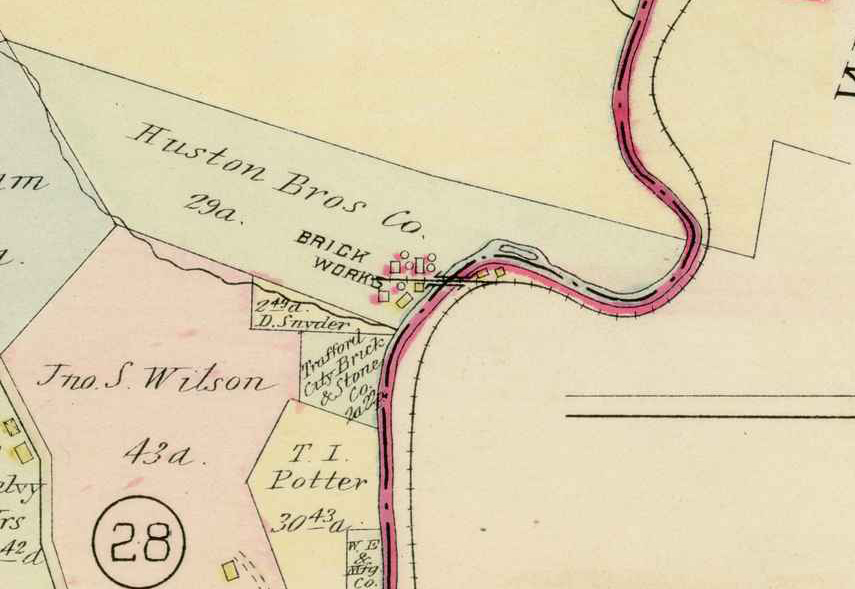
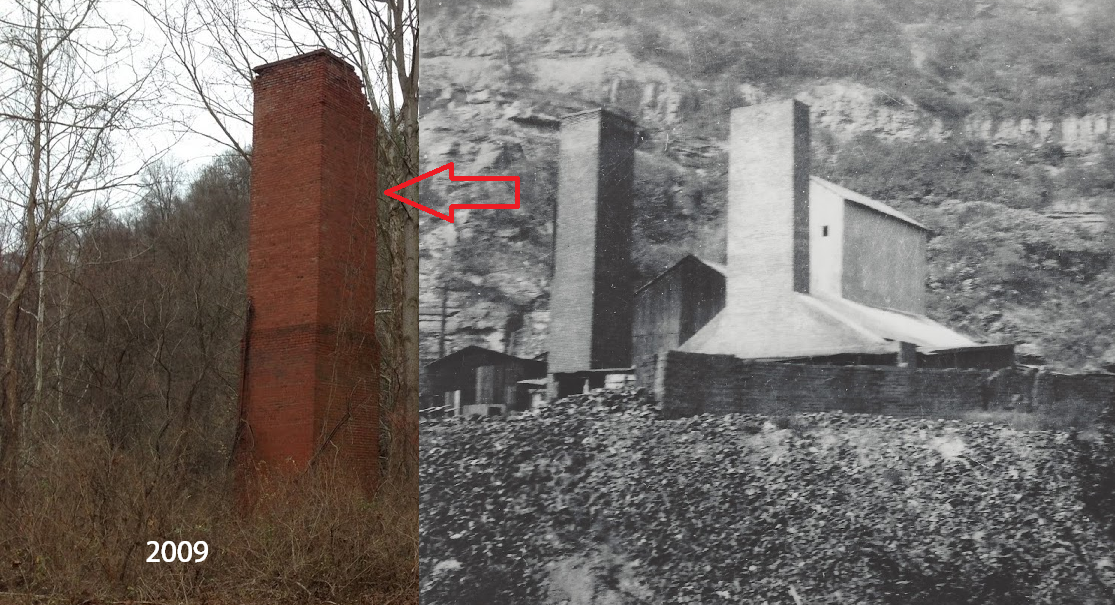
Modern Brick Yard Photos
The first two photos below were taken in 1985. The hill behind the brick yard was a great place for hiking and camping in our youth. On one particular night my friends and I were caught in a severe thunderstorm while camping. We sought the protection of the brick ovens while the storm passed. That night the high waters of the Turtle Creek caused the railroad bridge that crossed the creek to collapse. The bridge was later removed from the water. This part of the creek was a great place to swim because we could jump from the bridge into the water below. About 24 years later (2009) I took my two boys on a hike to see the remains of the old brick yard. The deterioration of the old property kept us from venturing inside the old ovens.
Other "stuff" about the Brick Yard
The bricks produced in Trafford/Monroeville obviously went into the construction of many of the homes built in the local communities. Here are a couple homes of interest that I found using a simple Google search.
The blogger missadventures_in_pittsburgh posted photos of the two homes built by Albert Q. Starr for his family in Pittsburgh about 1927. Famed architect Frederick G. Scheibler, Jr designed these beautiful homes for Starr.
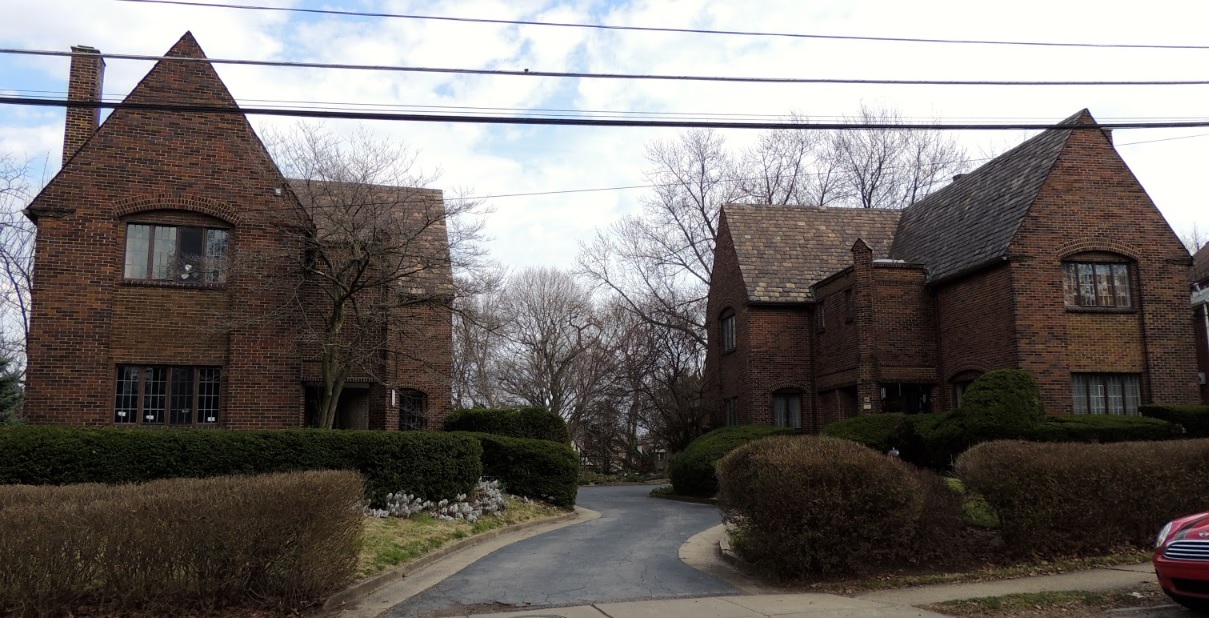
Charles Hercules Ebbets, Sr. was an American sports executive who owned the Brooklyn Dodgers from 1902 to 1925.
